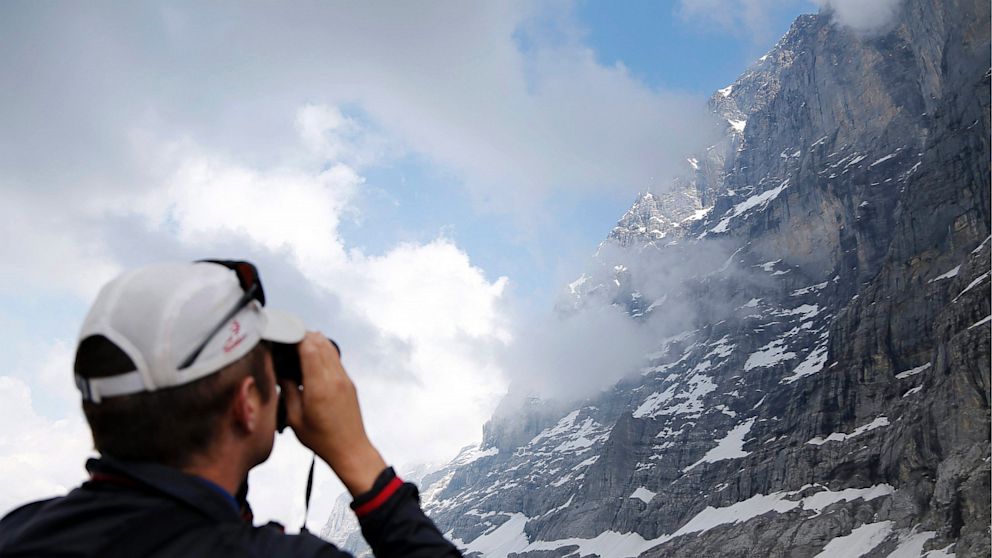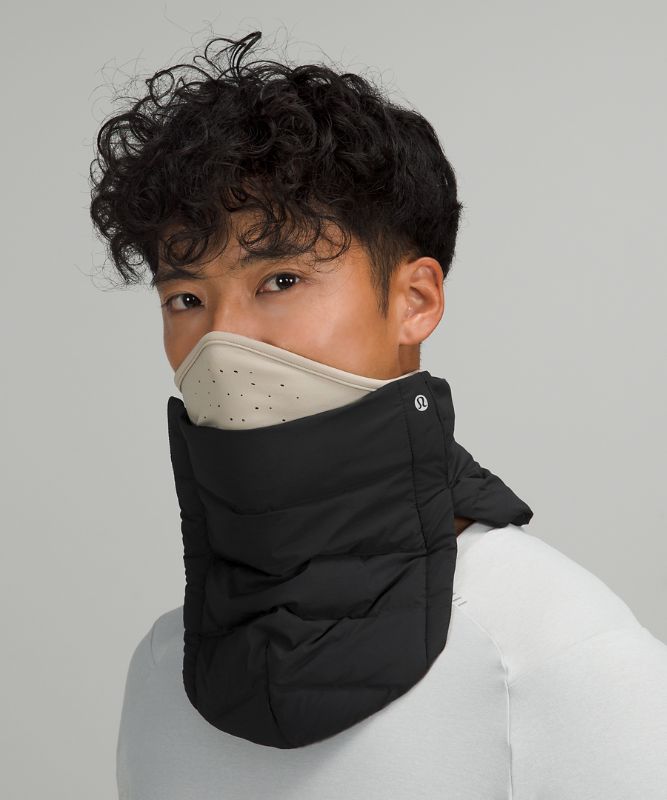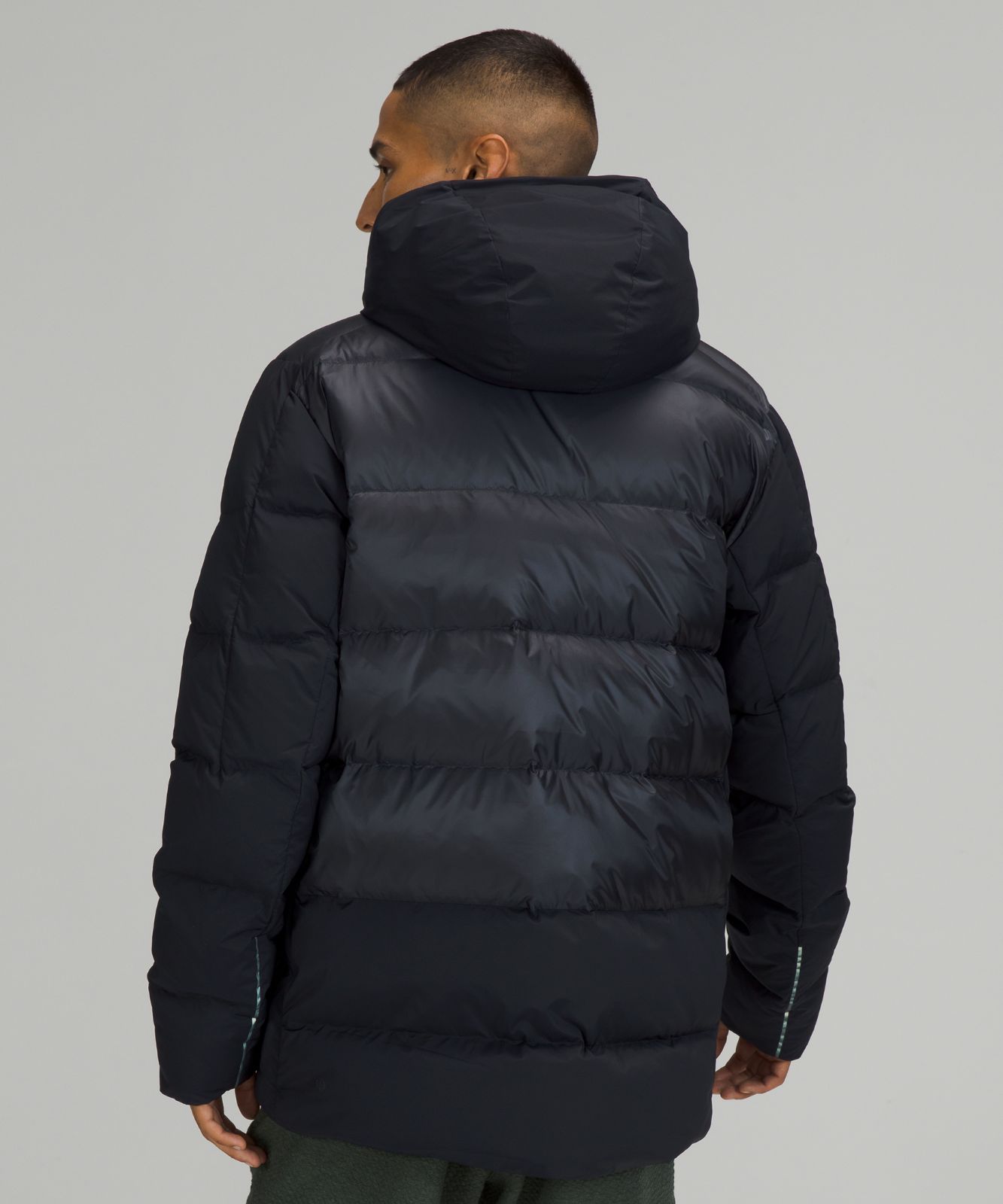Tnf Abc Winter Hiking Layering System
They also wick moisture more efficiently away from your skin and up through your layer stack because theres less fabric to soak through at the next higher level. A good baseline for a mid-layer is between 8oz 12oz or 227g 340g.
Down 2 In 1 Run Neck Warmer Scarves And Wraps Lululemon De
Ad Bekleidung und Ausrüstung von TNF.

Tnf abc winter hiking layering system. Theres good reason for this too as winter conditions are when you really need to break out all three layers. Given the cost of the hardshell parkas you are looking at you might want to fine tune all your other layers and buy the parka last. Base Layer The foundation layer worn next to the skin.
Ideally it should be lightweight and dry quickly. 2Wicking Fabrics with wicking properties absorb and spread moisture efficiently and promote evaporation aiding you in cooling down. Exactly what we are looking for.
The role of these clothes is to provide both warmth and additional wicking properties moving sweat further away. Be patient with yourself and test out layering combinations on shorter less. This layer keeps you warm and helps you retain body heat.
Sofort ab Lager lieferbar - kaufen. Sofort ab Lager lieferbar - kaufen. In very extreme high altitude expeditions a full body down suit is common but used only above 24000 feet.
A wider collar allows too much heat. PhotoThe North Face How to Layer for Winter. FOR WEIGHTS AND ITEM NAMES CHECK THE LIGHTERPACK LINK HERE.
For winter conditions start with a top to bottom base layer. A mid-layer usually has some loft to it to help trap the warm air but is also breathable so it is not suffocating and sweat-causing underneath a shell or outer layer. Other examples include hat liners glove liners and sock liners.
Ad Bekleidung und Ausrüstung von TNF. One of the biggest challenges faced by winter hikers is figuring out a clothing layering system that keeps them warm and dry across a wide variety of temperatures wind chills and exertion levels. Avoid cotton which clings to the skin when wet doesnt insulate and takes longer to dry.
If Im climbing Ill swap the windshirt for a burlier but still unlined softshell that will hold up. Going for a short day hike in a midweight fleece layer. A puffy jacket is for around camp sized large enough to fit over all the layers including the hardshell.
This layering system is designed for winter activities such as skiing snowshoeing or hikingmountaineering. Should extra insulation be required leggings may be worn underneath a pair of softshell trousers as part of a fuller layering system. Moisture Management As the next-to-skin layer a base layers job is moving perspiration away from your skin aka wicking.
The general philosophy for winter layering is to create an apparel kit or system where every piece works in. My general winter layering system is a zipped base layer a fleece hoody if its really cold out and a lightweight unlined windshirt. In both cases I was wearing a wool baselayer fleece sweater and a ski jacket.
Keep in mind not to wear too many layers at once. The best layers to wear and carry for cold weather hiking are thin layers because they let you fine-tune the degree of warmth you need. It should be made from a technical material and never be made from cotton as that will keep you wet and become really cold quickly.
Many factors besides temperature can impact your layering system. I went hiking last winter on a 3 day trip and found myself being a bit warm while hiking while the temperature was around 0C and cold when making dinner at camp temperature -5C to -10C. The first layer is a thin wicking short sleeve t-shirt.
The insulating layer The outer shell layer. For winter hiking this usually means wearing long underwear. This layer keeps you dry by wicking sweat away from your skin.
Mid layer - Transport sweat further away form the skin add insulation and protect to some degree from the elements. Base Insulation and Outer. Humidity wind speed nutrition consumed level of exertion and fatigue can all effect your body temperature and perspiration rate.
Weight as always is a major consideration for ultralight backpacking and thru-hiking. 1Breathability A breathable fabric is important because it allows heat to pass from layer to layer and ultimately leave your system. When on the move over snow the hardshell comes out during high wind or when wet snow is falling.
Im looking for advice on a good insulating layer preferably one I could also use as a stand-alone outer layer jacket. The expedition layering system is very similar to the winter four-layer system except that the layers should be thicker and more protective. It takes a lot of experimentation to dial in a system that works for you and its something Ive been tweaking for years.
Winter Layering When most people think of layering they instantly picture cold and snowy weather. For a layer around this weight you will have something that is warm made of high-quality materials and have minimal features. A puffy is in the pack for stops and if it looks like it might get above freezing I have a super light minimal hardshell in the bottom of my pack somewhere.
As you saw and see underneath again dressing warm for winter is easy. Look for these four traits in your hiking layers. And many people add a middle layer on top andor outer layer at every rest stop just to avoid getting chilled.
Base layer - To wick away sweat and keep you warm dry. When choosing your winter hiking clothes here are the three layers to think about. If hiking alone isnt warming you up add a middle layer.
Shell layer - To keep the elements at bay. The ideal combination of layers for winter hiking should feature a heavy baselayer top and bottoms a down or medium-to-heavyweight fleece insulating layer up top soft shell trousers and a durable water-resistant DWR outer shell. When it comes to the outdoors there are three principal layers.
This layer protects you from wind rain and other elements that could make you cold. Winter layering is both a science and an art form dont expect to get it right from the start. The optimal winter system has three layers.
Base layer This is the layer that pulls sweat and precipitation away from your skin. Think wool or polyester long johns snug up against your body. The fleece adds just enough warmth to insulate from a cool breeze without being overly warm as with an insulated jacket.
Keeps the skin dry by wicking away moisture.

Smartwool Phd Ski Ultra Light Socks Ski Socks Smartwool Socks

Pin By Lost Event On London Events Sports Bootcamp Sport Park





Posting Komentar untuk "Tnf Abc Winter Hiking Layering System"